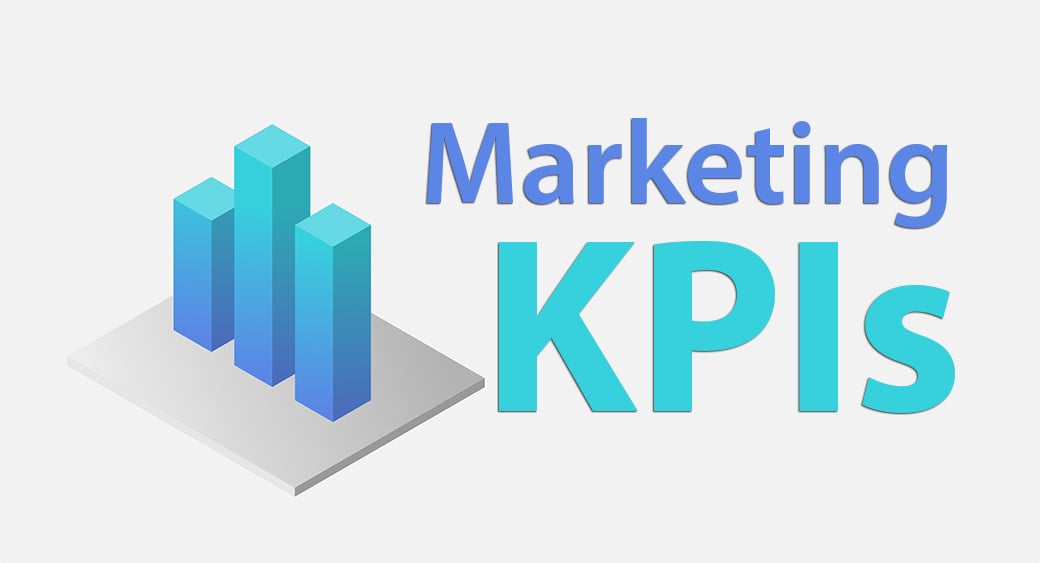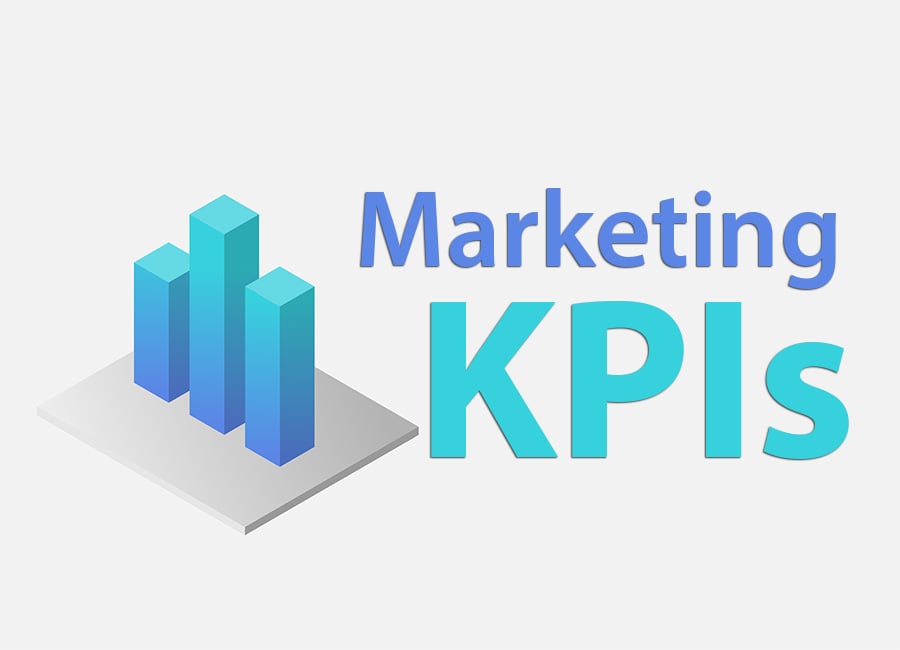As the digital marketing game keeps getting bigger by the day, measuring your business’s KPIs or Key Performance Indicators is becoming increasingly crucial. The primary reason behind this is that digital marketing tactics only flourish when KPI Marketing is used wisely. Digital marketing strategies allow you to measure everything from bringing in the most ROI to what’s hurting your sales, etc., in quantifiable terms.

Key performance indicators are statistical metrics that allow an organization to understand which strategy is working and which isn’t. In other words, KPI marketing helps track the success of your marketing strategies and, thus, allows you to take the required steps to improve your marketing campaign. However, with so many marketing KPIs, it is natural to get confused about which ones to choose for your business. You do not want to waste your time and resources tracking all of them!
Before moving further, let us tell you that numerous digital marketing courses are available today that’ll help you get into the nitty-gritty of such digital marketing practices.
KPI Marketing Indicators
Now that you’re aware of the importance of KPI marketing let us be your guide in choosing the right KPI metrics for your organization!
Sales

One of the most proven and efficient KPI marketing strategies is to track your company’s growth is to monitor your sales figures. This will include calculating how much revenue both the inbound as well as outbound marketing strategies and marketing plans are fetching you. To derive the revenue from inbound marketing, you need to deduct the total revenue acquired from customers through inbound digital marketing from the total sales of the given year. While calculating CAC (customer acquisition cost) for outbound marketing, you need to consider the costs of advertising, marketing distribution, sales and distribution, and general overhead.
However, this is not enough. To track the KPI metric of sales accurately, you need to continually monitor which content drives a lot of traffic to your site. This will help you understand whether or not you’re reaching out to the right audience.
Landing Page Conversion Rates
The landing page can be a great KPI marketing tool, provided you can utilize its potential. Since the landing page is designed to stand out in your website foreground, it poses an excellent opportunity for you to guide your visitors toward your intended goal, such as registering for your newsletter, buying a product, or signing a TCPA consent form. Landing page conversion rates depend on how you approach your customers. For instance, if your marketing KPI strategy is designed such that your customers have the option to request more information or download a white paper, you can expect higher conversion rates for your landing page. On the contrary, if you ask your visitors to sign up for a free monthly trial requiring them to offer their credit card details, you can be sure that the conversion rates will be low.
Optimize your content and make it SEO-friendly to ensure a higher landing page conversion rate. Also, keep your CTAs straightforward so your visitors can instantly relate to them. To track what is enhancing your conversion rates, try performing an A/B test for the following:
- Make your CTAs value-oriented
- Make your content compelling
- Add testimonials that’ll highlight your credibility to your visitors.
Lead Generation
Lead generation is another vital KPI marketing stat that helps indicate how well your strategies are doing in driving traffic to your site. The higher your leads, the better are the chances of expansion and growth for your business. Lead generation ideas and techniques can differ based on the kind of audience you want to target. By monitoring the various methods you use for lead generation, you can see which technique is generating the highest number of leads for you (signing up, downloading pdf or white paper, etc.) and adjust your plan accordingly.
Before delving into tracking the marketing KPI of lead generation, it is essential to know the difference between Marketing Qualified Leads (MQLs) and Sales Qualified Leads (SQLs).
MQLs will pertain to the potential customers who have shown a keen interest in you (for instance, by downloading an ebook) and identified themselves as sales-ready contacts. In other words, these leads are more likely to turn into your customers from ‘potential customers.’ SQL, on the other hand, refers to those leads that are taken into consideration by your sales team for a follow-up.
Although these two leads are merely different stages in the life cycle, it is crucial to understand the interrelationship between them for having a better understanding of the Leads to a Close-ratio of your business. Leads to close ratio refers to the number of leads you have earned during a particular period divided by the number of leads you’ve closed (potential customers to customers).
Mobile Traffic Conversion Rates
Over the years, we’ve witnessed a noticeable surge in the number of mobile users. Internet users are now dedicating a significant amount of their time to access digital media through mobile applications. Thus, it is only wise to ensure that your website is optimized to a more mobile-friendly version because if not, you’re obviously overlooking a chief demographic. You need to get into the mindset of mobile users and chalk out KPI marketing strategies that’ll help you gain a strong following of mobile users.
You can track the mobile conversion rates for your site by using tools such as Google’s mobile-friendly update. There’s also Google’s Universal Analytics that provides you with a variety of options needed to monitor your mobile conversions. It helps link the multiple sessions of an individual user searching for your site to provide a comprehensive and accurate reading of your visitors and their behavior patterns.
Influence Of Social Media
The way you plan your social media outreach and engagement is an important determinant of how successful your inbound marketing techniques will be. Social media platforms (Facebook, Linked In, Google+, Pinterest, and Instagram) are an excellent way to reach out to your potential customers and get them to engage with your business. A well-crafted KPI marketing strategy for your social media outreach allows marketing executives to assess how strong is your social media presence. These will include:
- The number of leads conversions each social media channel has generated.
- The number of customer conversions created through each social media channel.
- The percentage of traffic garnered through all your social media channels.
Summing up KPI Marketing
By creating data reports based on social media, you can get a broader visualization of the success of your social media strategies.
These five KPI marketing tools are nothing short of a cheat sheet for budding digital marketers out there. Monitoring your KPI metrics in such a way will definitely increase the visibility of your organization, allowing you to make way for the necessary adjustments to scale up profits.
